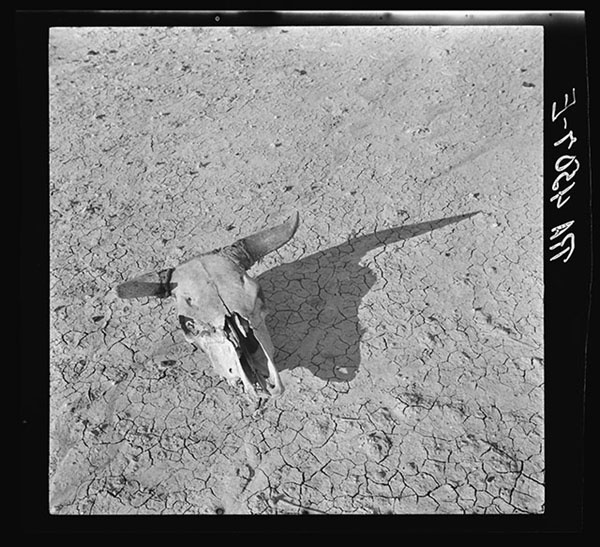Photojournalist Michael Kamber talks about the exhibition Altered Images that he curated recently for the Bronx Documentary Centre.
The exhibition deals with the history of manipulated documentary photography and the looming crisis in contemporary photojournalism caused by a lack of training in ethics for young photographers.
Click here to view the article
 Image: Arthur Rothstein,
The bleached skull of a steer on the dry sun-baked earth of the South Dakota Badlands, 1936
Image: Arthur Rothstein,
The bleached skull of a steer on the dry sun-baked earth of the South Dakota Badlands, 1936